From dorm decor to global phenomenon: The power of posters
From simple dorm room decorations, posters have become a worldwide phenomenon. These colorful and eye-catching prints have been a powerful means of expression, communication and marketing for decades. From music concerts to political rallies, from movie promotions to educational campaigns, posters have been an effective tool in conveying messages and capturing people's attention. They are not only a means of decoration, but also a reflection of pop culture, social trends and artistic movements. In the digital age, posters have become an essential part of digital marketing, with businesses leveraging their potential to reach a wider audience. The strength of posters lies in their ability to communicate complex ideas through simple and visually appealing designs. Whether promoting a product, raising awareness or expressing creativity, posters have the power to captivate, inspire and influence people's behavior. It's no wonder, then, that posters have become a global phenomenon, transcending borders, cultures and languages to become an integral part of our visual landscape.
A brief history of the poster
The history of the poster goes back to the beginning of printing, when the first newspapers and books were printed. The first posters were mainly advertisements for theater performances and local events. Over time, posters became more sophisticated, using more advanced printing techniques and more intricate designs. Posters have also been used for political purposes, with artists creating posters for election campaigns and social movements. In the 20th century, posters were used to promote consumer products, with artists and graphic designers creating eye-catching designs for advertisements for cigarettes, alcohol, and other products. Today, posters continue to be used for a variety of purposes, from advertising to political campaigns to home decor.
The evolution of poster design
Over time, poster design has evolved to include a variety of styles and techniques. Early posters were often simple and straightforward, with limited images and text. Over time, posters became more complex, with more elaborate designs and more detailed imagery. Modern posters often use advanced graphic design techniques, with digital images created using computer-aided design tools. Posters are often created using photos or illustrations, and can include things like stylized fonts and bold colors to grab attention.
The role of posters in advertising and marketing
Posters have been an effective marketing tool for decades. Posters can be used to promote a product or service, to inform the public of an event or special offer, or to raise awareness for a particular cause. Posters can be placed in strategic locations to reach a target audience, such as bus stops, metro stations or shopping malls. Posters can also be used as a direct marketing tool, sent by mail or placed in magazines or newspapers. Posters are often used in conjunction with other forms of advertising, such as television commercials or online advertisements, to maximize the impact of the marketing campaign.
The cultural and social importance of posters
Posters have significant cultural and social significance. Posters can represent art movements or cultural trends, reflecting the time and place in which they were created. Posters can also be used to raise awareness about important social issues, such as fighting racism or promoting diversity. Posters can also be used to celebrate significant cultural or historical events, such as anniversaries or commemorations. Posters can become cultural icons, symbolizing a particular era or movement.
poster printing techniques
There are several printing techniques commonly used to create posters. One of the most common techniques is offset printing, which uses printing plates to transfer the image to the paper. Digital printing is another common technique, which uses inkjet printers to create posters. Screen printing, also known as screen printing, is a manual printing technique that uses screens to apply ink to paper. Flatbed printing is a printing technique that uses flat printing plates to transfer the image to the paper. Each printing technique has its advantages and disadvantages, and the choice of the appropriate technique will depend on the design of the poster and the number of copies to be printed.
The different types of posters and their use
There are different types of posters, each serving a different purpose. Advertising posters are used to promote a product or service. Information posters are used to inform the public of an event or a special offer. Artistic posters are used to celebrate art and culture. Political posters are used to promote a political candidate or cause. Educational posters are used to inform the public about important issues, such as health or safety. Choosing the right type of poster will depend on the campaign objective and the target audience.
The poster campaigns that made history
There have been many poster campaigns that have made history. One of the most famous campaigns was Barack Obama's "Hope" campaign in 2008, which featured a stylized image of Obama's silhouette with the word "Hope" underneath. The campaign was widely publicized and contributed to Obama's victory in the presidential election. Another famous campaign was the Marlboro cigarette advertising campaign, which featured cowboys smoking cigarettes. The campaign was a huge success, making Marlboro the top-selling cigarette brand in the world. Other famous campaigns include the "Got Milk?" and the "Keep Calm and Carry On" campaign.
How to design an effective poster
Designing an effective poster requires a number of key elements. First, the poster should be clear and easy to understand, with a simple and direct message. The poster should also be visually appealing, with bright colors and eye-catching images. The typeface should be easy to read, large enough to read from a distance. The poster should also be placed in a strategic location to reach the target audience. Finally, the poster must be consistent with the brand or the message it represents, in order to create a coherent and recognizable image.
Conclusion: The Lasting Power of Posters
Posters have been a powerful means of communication, marketing and expression for decades. From simple dorm room decor to presidential campaigns, posters have the ability to captivate, inspire and influence people's behavior. In the digital age, posters continue to be an effective marketing tool, with businesses leveraging their potential to reach a wider audience. Different printing techniques and poster types provide a wide variety of options for marketing campaigns and events. The posters have significant cultural and social significance, reflecting the trends and artistic movements of the time. The enduring power of posters makes them a go-to tool for businesses and organizations looking to make their voices heard and reach their target audience.




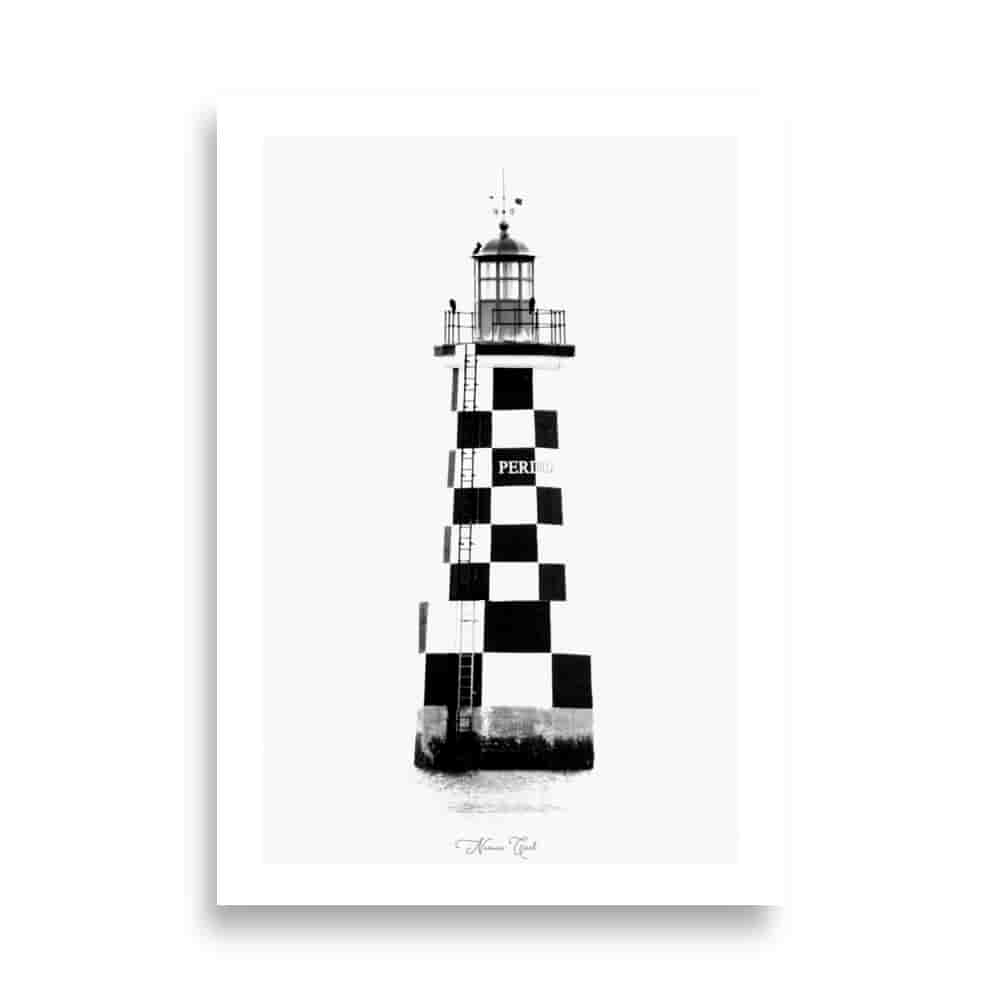
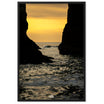
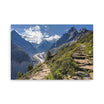

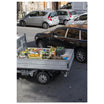









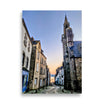


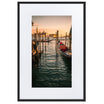










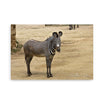







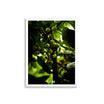


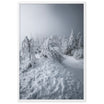



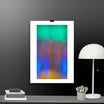




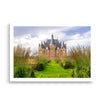






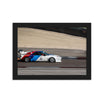

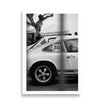
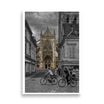



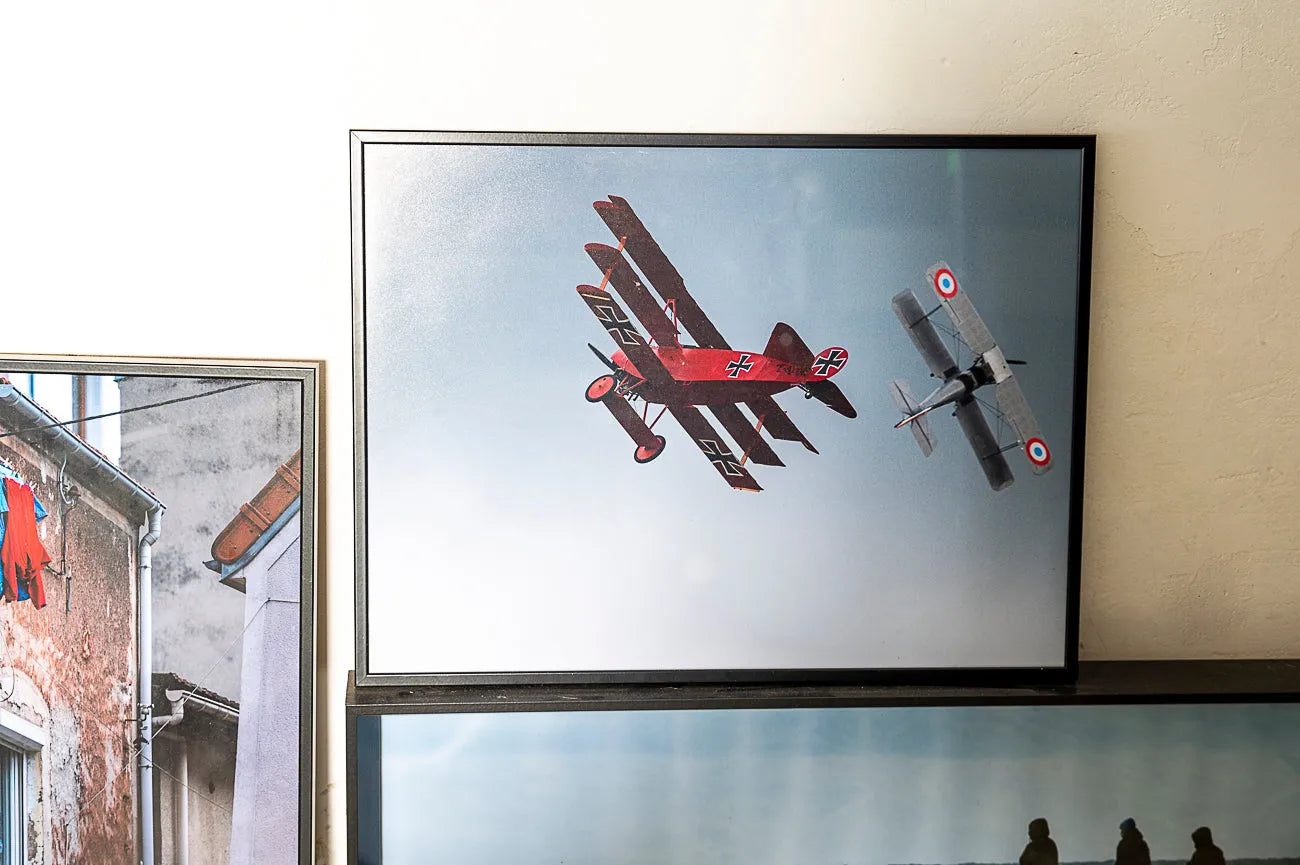




Leave a comment
All comments are moderated before being published.
This site is protected by hCaptcha and the hCaptcha Privacy Policy and Terms of Service apply.